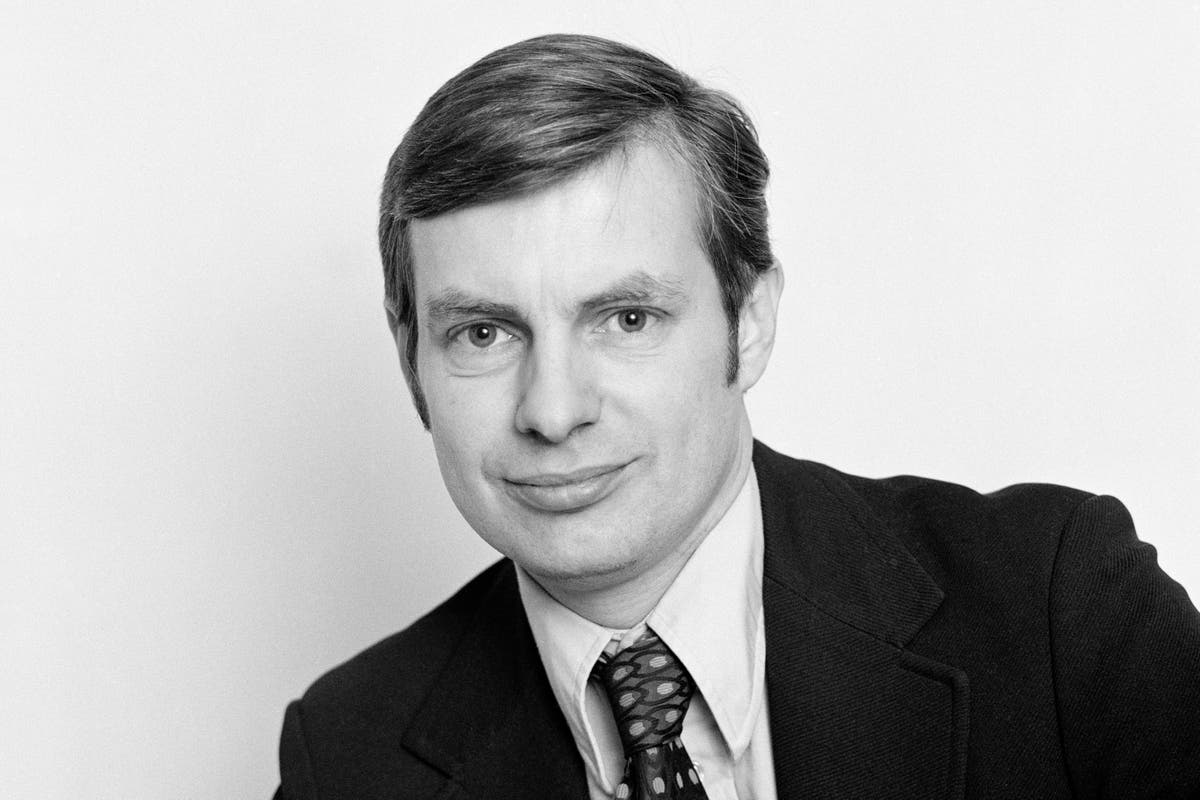Sask. coroner says public inquests will be held for stabbing victims, final suspect
WARNING: This story contains distressing details.
The Saskatchewan Coroners Service announced there will be a public inquest held into the deaths related to the mass stabbing in the province on Sept. 4, and a separate inquest into the death of suspect Myles Sanderson, who died shortly after being taken into police custody.
“With the suspect deceased, there will not be a public criminal trial. Without a public hearing of the facts, it will leave many questions unanswered from the families involved and the public pertaining to the circumstances leading to the deaths,” said chief coroner Clive Weighill at a press conference Wednesday.
There were nine people killed on the James Smith Cree Nation and one man killed at his home in the nearby village of Weldon, Sask., on Sept. 4. Eighteen others were injured during the knife attacks.
Both of the men police identified as suspects are also dead.
Sources say Myles Sanderson consumed drugs before arrest, death
Myles Sanderson, 32, died shortly after being brought into police custody. He was pronounced dead in hospital after going into what the RCMP described as medical distress.
According to a senior government official briefed on the matter by law enforcement, Sanderson died after consuming pills just before his arrest. Multiple police, government and health sources have told CBC News he consumed drugs before police took him into custody following a highway pursuit.
The chief coroner said that details on Sanderson’s cause of death will not be released until next year at the public inquest.
However, Weighill also said that preliminary findings have ruled out external blunt force trauma.
WATCH | Public inquest into the mass stabbing deaths expected next spring:
Multiple sources say Myles Sanderson, the man arrested in a series of fatal stabbings in Saskatchewan, died after consuming pills just before his arrest. Saskatchewan’s chief coroner service has also ordered a separate public inquest into the victims’ deaths.
Photographs and videos taken at the time of Sanderson’s arrest show him standing up, held against an RCMP vehicle as officers detained him.
“Shortly after being arrested, he went into medical distress,” said Rhonda Blackmore, commanding officer of Saskatchewan RCMP, at a news conference that followed Sanderson’s death.
She would not answer whether Myles Sanderson overdosed, nor whether officers attempted CPR or used Narcan, an opioid overdose reversal medication.
“All life-saving measures, that we’re capable of, were taken at that point in time until the arrival of EMS shortly thereafter,” she said.
Last week, Blackmore said RCMP “look forward to providing further details once they have been confirmed.”

Weighill said Wednesday that officials are still waiting on toxicology and neuropathology reports, which may take several months to prepare.
Inquests to happen in 2023
The chief coroner said transparency is a priority with the public inquests, which will be overseen by a jury of six people to determine the facts.
Jurors will be tasked with determining the victims’ causes of death based on evidence from witness statements and forensic reports. They will also make recommendations to prevent similar deaths in the future.
“The idea of an inquest is to be local to the people that it affects, and that they get to hear the facts and that the decisions are made from there,” he said. “It is my intention to have the jury wholly comprised of Indigenous persons.”

He anticipates that both inquests will happen in 2023 during spring or summer.
“It takes time to put the picture together,” Weighill said. “It’s prudent to make sure we have all the information, everything is gathered in a proper form and then presented at an inquest.”
Weighill said the victims-focused inquest would likely happen first and that the hearing would include the death of Damien Sanderson, a man named as a suspect by police.
The 31-year-old was found dead on Sept. 5 in a heavily grassed area near a house police were examining on the James Smith Cree Nation as part of the investigation.
Police said his wounds did not appear to be self-inflicted, but little else has been released about his death.
When asked whether Damien Sanderson is now being considered a victim, rather than a suspect as initially indicated by police, Weighill said they’ve “made no leap to that at all.”
“It’s just that everything that happened was on Sept. 4, that we believe, so as the coroner I’m allowed to put all those multiple deaths into the one inquest.”
As the chief coroner announced the public inquests into the deaths, he also thanked the families of the victims for their patience as police processed the numerous crime scenes.
“This was undoubtedly a heartbreaking event to witness.”


